Dogs have an extraordinary ability to detect sounds that humans simply can’t. Canines can hear frequencies as high as 45 kHz, compared to our limit of around 20 kHz, and they sense sounds even when those are inaudible to us, according to a study.
What this means is that a barking dog is better positioned than a buzzing alarm when it comes to perceiving very subtle or faint cues and acting on them. American Kennel Club (AKC) states that dogs can recognize individual human voices—such as their owner’s—and respond accordingly.
While conventional alarms struggle to wake kids in deep sleep, dogs—thanks to superior hearing and human voice recognition—often rouse children more effectively. They’re wired to register and react to disturbances well before those alarms register. And once a sleeping child is stirred, the dog’s familiar presence and clear cues can be more compelling than the alarm itself.
This blend of canine auditory sensitivity and voice-awareness sets the stage for understanding why certain breeds tend to wake children before a fire alarm even sounds. Let’s dig in, starting with how breed traits and temperament factor in.
Dog Breeds that Wake kids Before Fire Alarms
Here are the most alert dogs:
1. Boxer
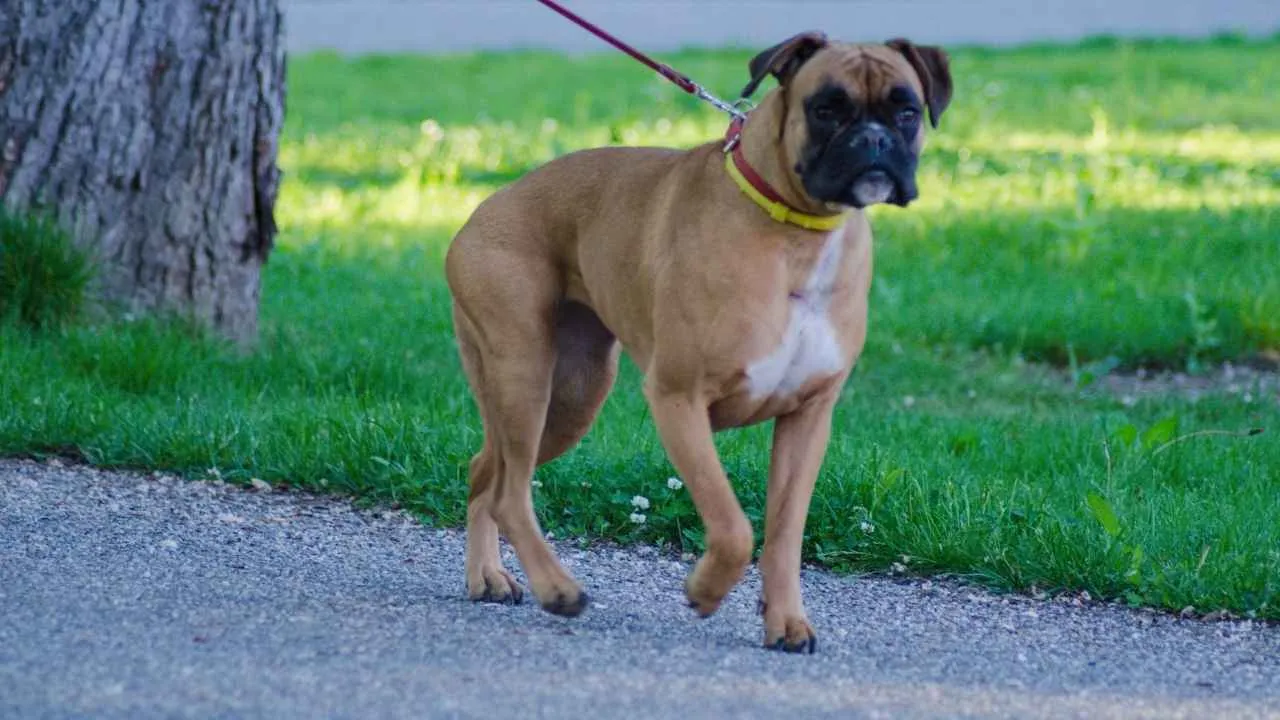
Boxers are more than just energetic companions—they’re sharp, trainable, and fiercely protective of their pack. Originally bred for hunting large game like bears and boar, Boxers evolved into some of the most dependable service dogs out there.
Their intelligence and ability to retain dozens of commands make them incredibly responsive in emergencies, especially when a child might sleep through the sound of a smoke detector.
Why Boxers Wake Kids Before the Alarm Goes Off:
Highly alert temperament: Boxers are wired to react quickly to any change in their environment, especially smoke, noise, or human distress.
Loyal protectors: They naturally stay close to children, especially at night.
Distinctive bark: Deep, powerful, and impossible to ignore—it cuts through deep sleep better than most alarms.
Physically capable: Their size and strength allow them to push through doors, nudge sleeping kids, or even jump onto beds to wake someone.
History of bravery: Used in both World Wars—they’re known for being fearless in the worst situations.
Boxers don’t just wait around for help to arrive. They act fast. If a house fire breaks out and a kid is still sleeping through the sirens, a Boxer is the type of dog that jumps into action, pacing, nudging, and doing whatever it takes to get attention.
2. German Shepherd
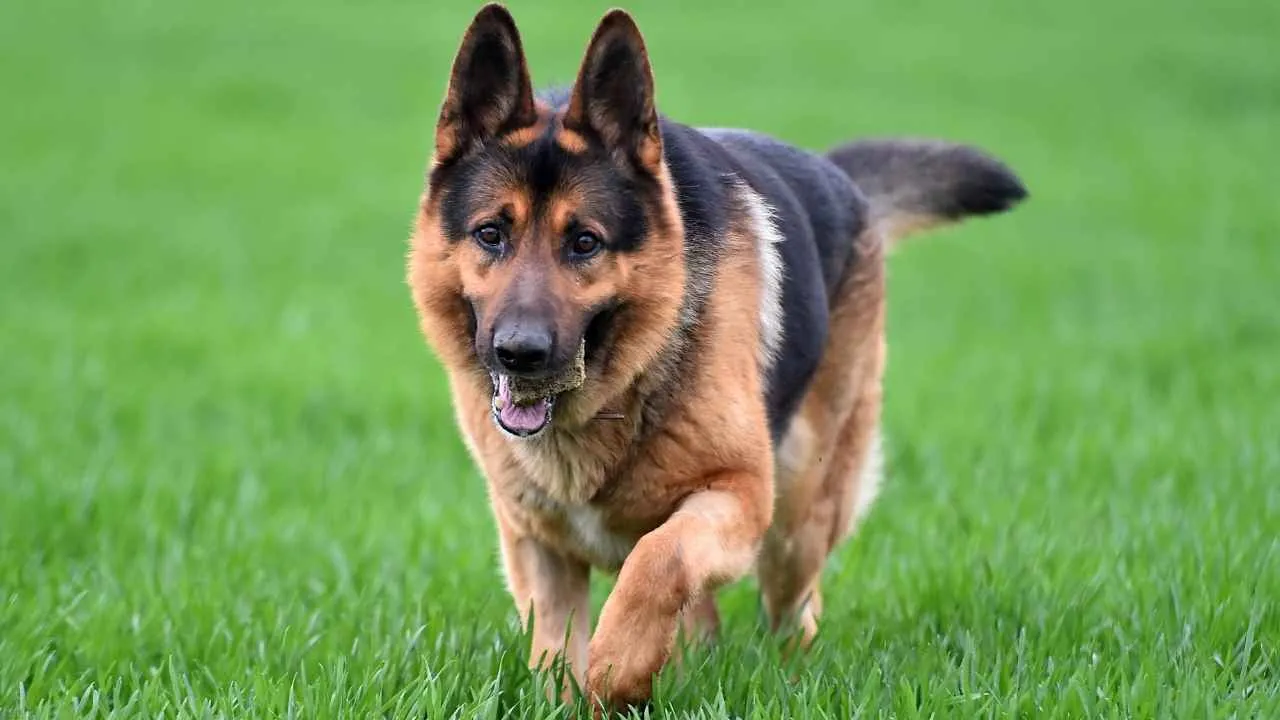
German Shepherds are laser-focused, quick to respond, and wired to act the moment something feels off. That’s why they’re not just legendary working dogs in law enforcement and search-and-rescue—they’re also natural lifesavers when it comes to emergencies at home.
According to PetMD, what makes them different: their instincts are paired with a sense of purpose. They don’t panic—they go to work.
What Sets German Shepherds Apart When Every Second Counts:
Remarkable scent-tracking: Their sense of smell can detect subtle shifts in air—like rising smoke or an overheated wire—long before a standard smoke alarm catches on.
Driven by duty: They have a built-in need to take charge and respond when someone in their home is in danger.
Natural herding reflex: If your kids are in different rooms, a German Shepherd may instinctively gather them toward safety, moving like a four-legged firefighter.
Physically equipped: They can turn handles, pull objects, or block unsafe paths, especially when doors are closed or visibility is poor.
German Shepherds don’t just hear the danger—they understand it. That’s what makes them so valuable in homes with children who may not respond to a standard alarm. In homes where parents want that extra layer of protection, few breeds match a German Shepherd’s mix of awareness and action.
3. Cavalier King Charles Spaniel

Cavalier King Charles Spaniels are more than just lap-warming charmers. This breed has a deep, almost uncanny sensitivity to shifts in mood, energy, and yes, even subtle environmental cues.
That emotional radar, paired with their eagerness to please, means they’re quietly effective in situations with a fire alarm. They’re not loud, they’re not fierce, but their devotion makes them surprisingly tuned in when it matters most.
Cavalier Traits That Help Them Wake Children Before It’s Too Late:
Responsive to faint sounds and shifts: While not known for barking at every sound, they’ll often react to strange frequencies or changes in airflow, like those caused by early smoke presence.
Gentle nudgers: Rather than causing panic, Cavaliers will paw, lick, or pace—often enough to rustle a child from a heavy sleep.
Emotionally reactive: Cavaliers may act out of sync when they feel distressed about their owners, making them excellent alert dogs in emotionally charged moments.
They might not be the dog you picture charging into danger, but Cavaliers lead with connection. Their instincts don’t come from guarding, but from loving.
A Cavalier is already on the move—stirring, pacing, or sounding a soft but insistent bark. They’re the breed that doesn’t wait for commands. They simply stay close, stay present, and make sure no one is left behind.
4. Dogue de Bordeaux
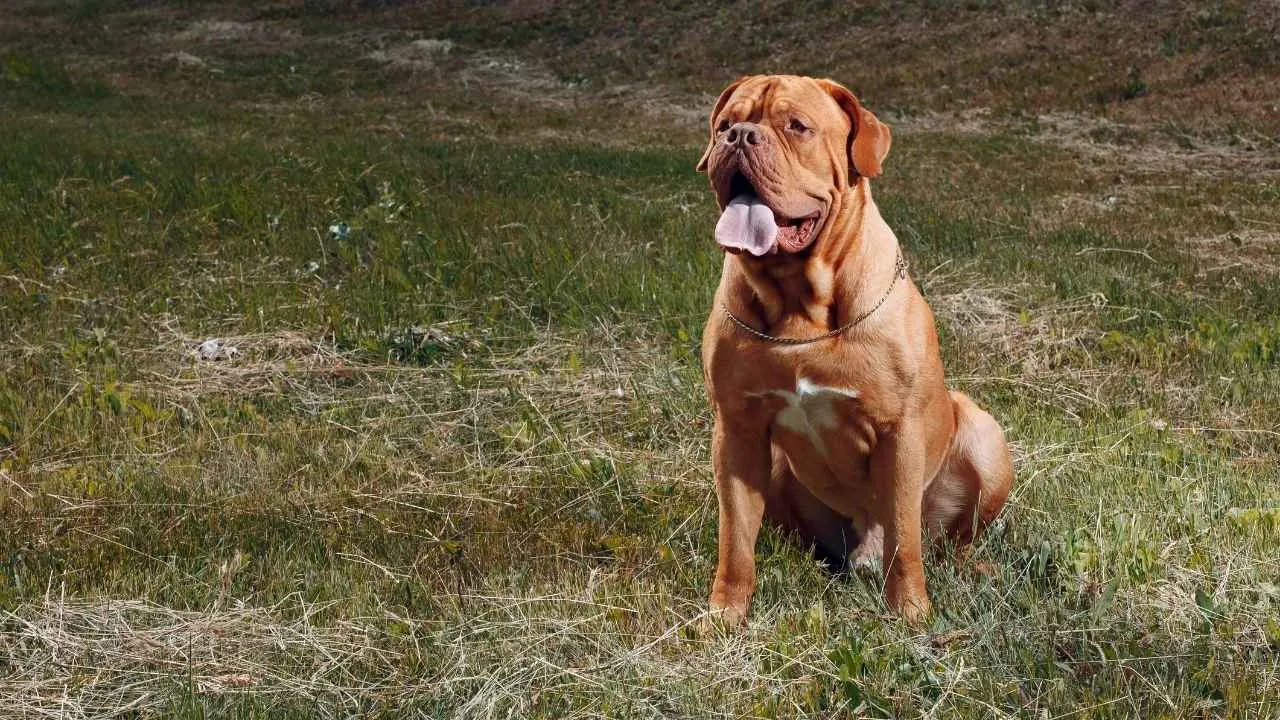
Don’t mistake the Dogue de Bordeaux’s giant frame and sleepy expression for laziness—this breed is watchful, intuitive, and startlingly perceptive.
With roots in France and a long history of guarding estates, livestock, and even castles, they’re wired to detect threats way before a standard alarm kicks in. They don’t just get up—they act with purpose.
Why the Dogue de Bordeaux Can Wake Kids Before Fire Alarms:
Strong physical presence: Able to push through obstacles or reach sleeping children in places smaller breeds might not get to.
Naturally calm, but reactive under stress: In low-light or chaotic conditions, they don’t panic—they assess and respond.
Predictive behavior: Known to pace or stand watch in the middle of the night when they sense something isn’t right, even before there’s a visible sign.
They don’t react out of fear; they move with the quiet certainty of a dog that’s been bred for centuries to protect what matters. When paired with a child who sleeps heavily or struggles to hear subtle sounds, this breed offers a rare combination: calm under pressure and quick to act.
5. Leonberger

A Leonberger doesn’t need chaos to know something’s wrong. They’re steady thinkers with instincts sharpened through centuries of purpose.
Originally bred to look like the lion on the Leonberg crest, these giants have been known to save lives with their unusual calm and emotional intelligence. Leonbergers bring clarity to confusion.
Why the Leonberger Steps In Before Anyone Else Does:
Stays aware under stress: Even during a crisis, they don’t lose focus, essential when time is critical.
Naturally driven to help: These dogs are known to put themselves in harm’s way to prevent others from being hurt.
Physically equipped to assist: Whether it’s nudging a hand or taking a position, they use their size to guide without chaos.
Leonbergers may not be the first breed that comes to mind in an emergency, but they should be. With the ability to sense what many miss, they often act before anyone else understands the danger.
It’s not about training them to do the job—they were born with the ideas hardwired into their instincts. One glance at their face in a moment of tension, and you’ll know—they’re already on it.
6. Doberman Pinscher
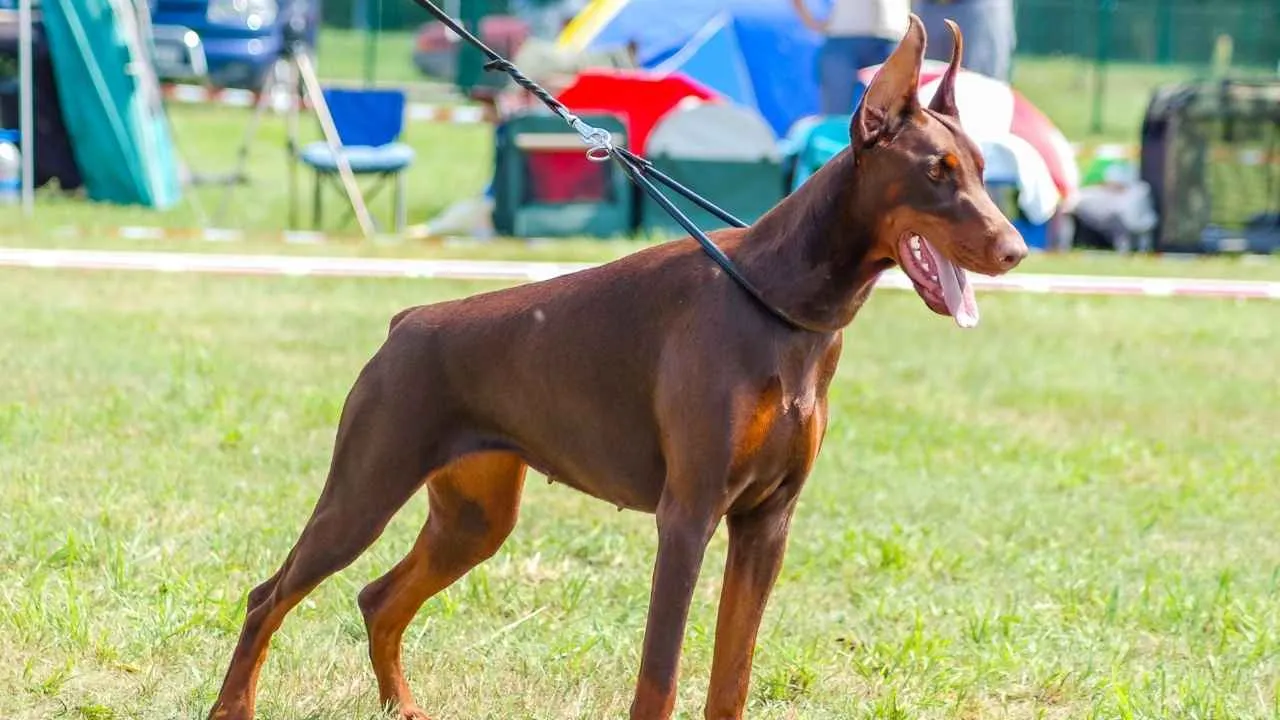
Dobermans are the specialists. Every move they make is calculated, every alert intentional. Originally bred for protection and loyalty, Dobermans have evolved into one of the most focused, intelligent breeds available—sharp-minded, deeply connected to their surroundings, and quick to identify when something’s off.
Why Dobermans May React Before an Alarm Does:
Highly trainable mindset: They learn quickly and retain detailed routines—when that pattern breaks, they shift into high alert.
Purpose-built for service: Their legacy includes frontline work in both World Wars, which speaks to their bravery and reliability under pressure.
What makes a Doberman effective in a home emergency isn’t just muscle or instinct—it’s precision. These dogs have a history of rising to high-pressure roles, whether in military zones or family homes.
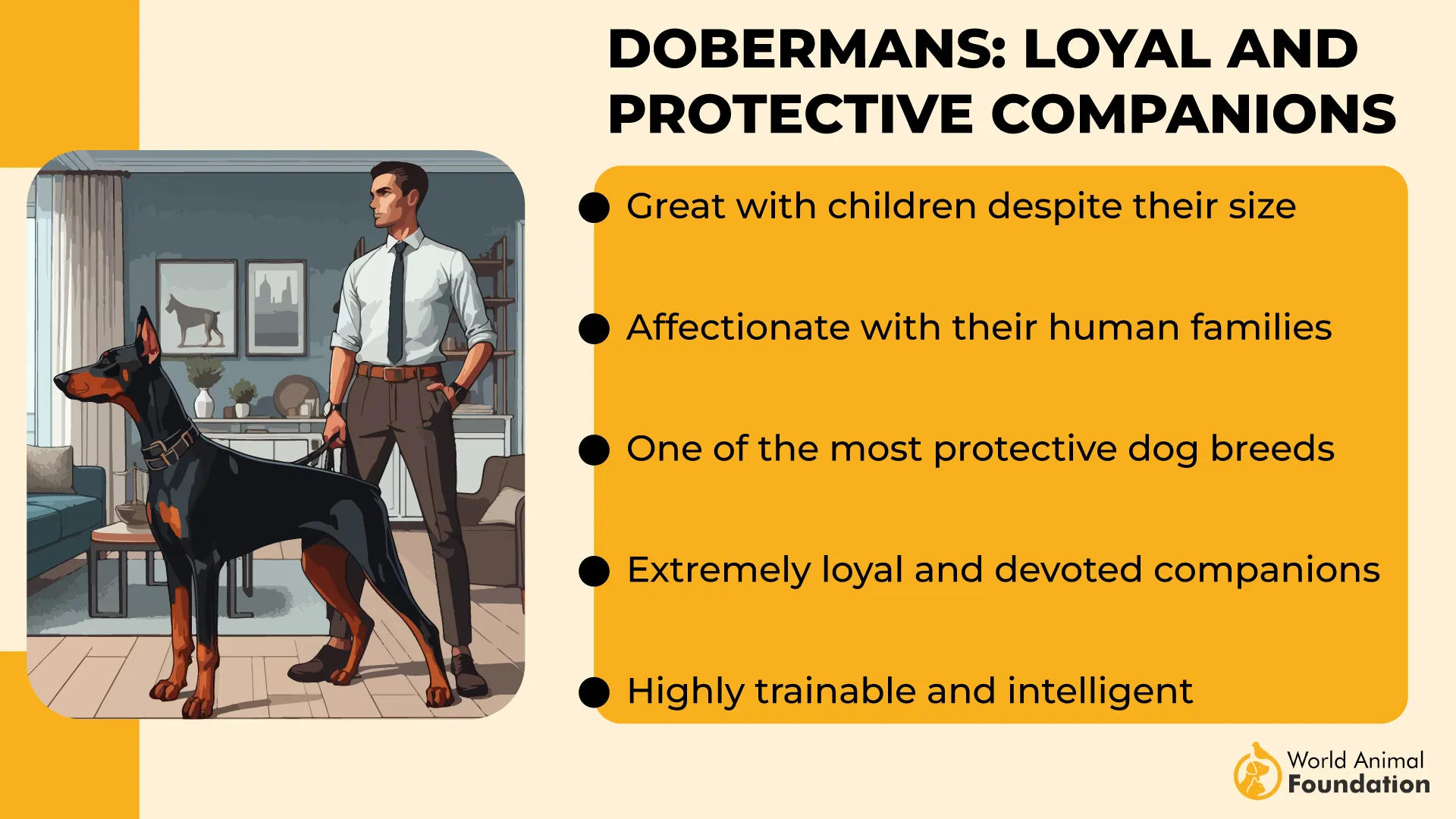
When there’s no calling out for help yet, no panic in the room, a Doberman is already working the plan—because for them, the mission started the moment something felt wrong.
7. Bullmastiff
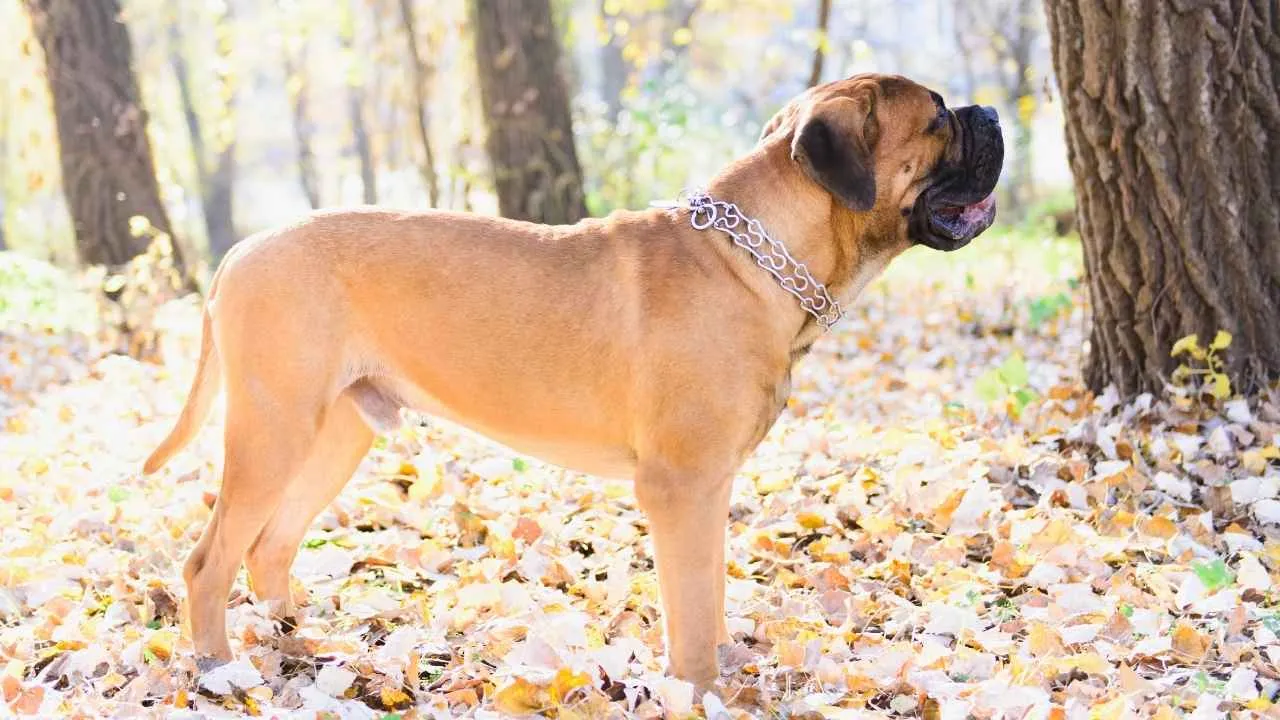
The Bullmastiff doesn’t need volume or chaos to protect—it’s a powerhouse of silent strategy. Bred in the 19th century as the “Gamekeeper’s Night Dog,” this breed was never meant to be loud.
Its job was to catch intruders quietly, control the threat, and avoid unnecessary harm. That same instinct now makes them exceptional during nighttime emergencies.
How Bullmastiffs Detect Trouble Before the Alarm:
Developed for tactical restraint: Their original role required them to subdue without injuring—this control translates well in emergencies.
Deep bond with their household: This breed quickly identifies when one of their own is in distress, often before it’s visible.
Legacy of protection: Their history reflects purpose-built security, making them instinctively ready for high-stress moments, without being trained to do so.
The Bullmastiff may not make a scene, but it doesn’t miss a detail. Its massive presence, paired with strategic restraint and instinctive action, makes it a natural protector when disaster strikes. It’s not chaos—it’s calculated movement, powered by generations of selective breeding and a built-in will to save.
Conclusion
In a house fire, every second counts—and while smoke detectors and sirens play a crucial role, they aren’t the only line of defense. The idea that dogs can pick up on subtle signs before the smoke alarms even go off isn’t just wishful thinking—it’s backed by science, observation, and lived experience.
Today, as more people bring dogs into their homes, there’s growing interest in how our four-legged companions might help us face this modern problem. From changes in behavior to using their powerful noses to detect early smoke, these animals are already doing the work—we just need to learn how to read it.


